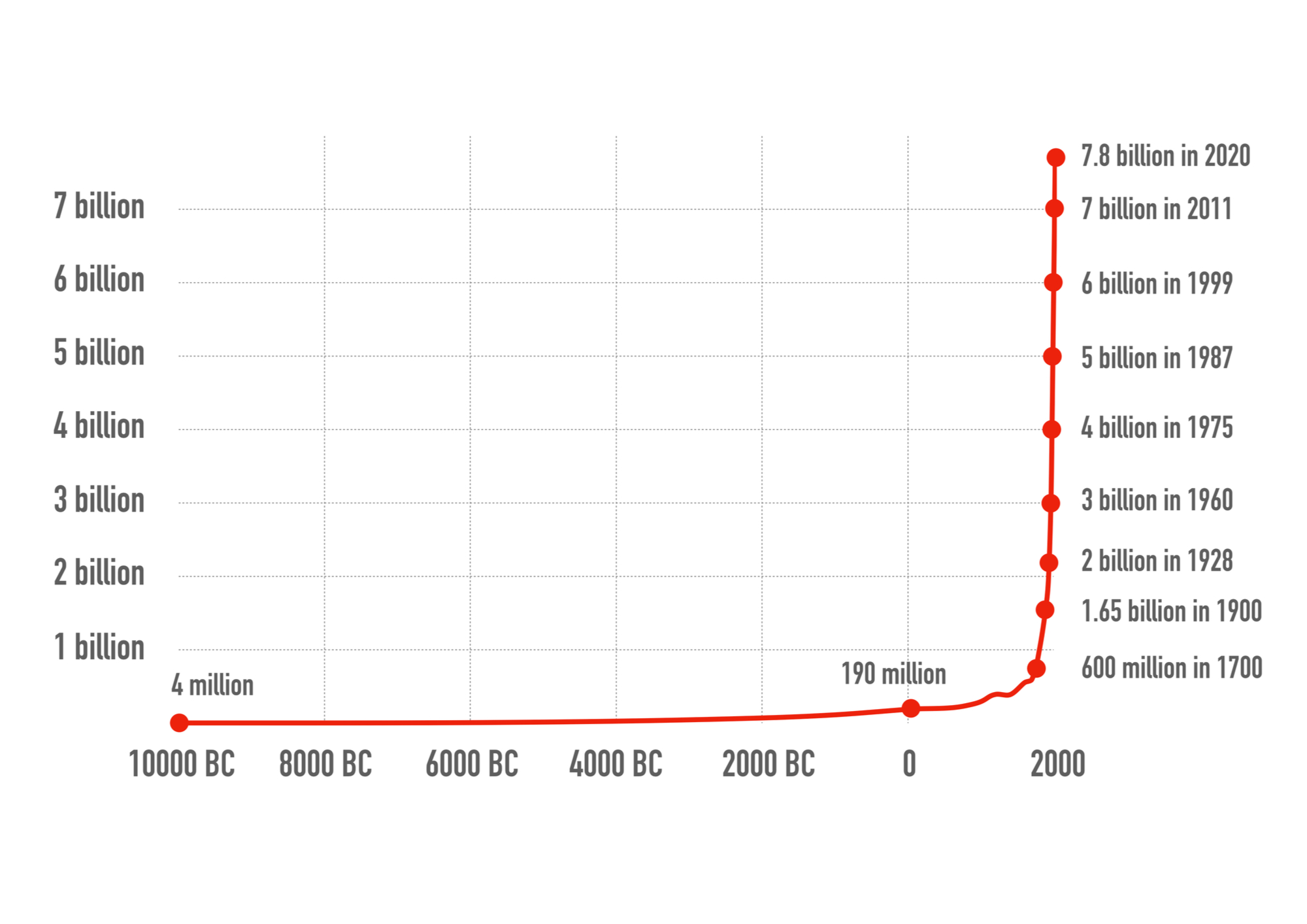Guide 8B Global
Products
Quiz, Media, & Portfolio Directions
Review Global Contents
Global Objectives
Pollution
Climate Change
Endangered Species
Microhabitats
Global Quiz
Global Media
Introduced in Climate Change section of this guide:
Data Summary
We often read or hear about a story from the news and share it with others. In the media piece, you are selecting data you find interesting from online resources and putting that data into a form that can be shared with others. The data can be about the human population (discussed in Guide 8A) or climate change (this Guide 8B).
Steps:
1. Select an online data source that is likely to be a reliable source of information. Here are three suggestions:
Population Reference Bureau Data: prb.org
NASA Climate Evidence: https://climate.nasa.gov/evidence/
NOAA Climate Data: https://www.climate.gov/
2. State the web address of the online resource, so someone else could find the information, and briefly summarize why this is a quality source of science information, using the criteria introduced in this guide.
3. From the online resource, select two data visualizations that you find interesting; each could be a graph, a table, a pie chart, etc.
4. Explain each of the two data visualizations in your own words. Include a description of the data, what the data indicates, and why you find the data interesting enough to share.

You are turning in a piece about population or climate data that includes:
-
the website address (url) of the data source you are using and why you feel that online is a quality source of science information.
-
descriptions of two different data visualizations in your own words that includes: a description of the data, what the data indicates, and why you personally find this data interesting.
If you include the original two data visualizations in your media piece, indicate the specific website page (url) that they came from.
This may fit well in the final portfolio with Environmental Biology Concepts or possibly Science Skills, depending on the focus of the media piece.




